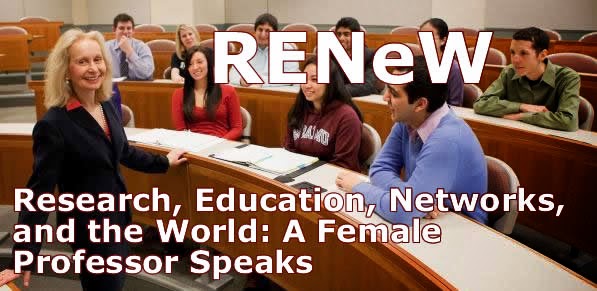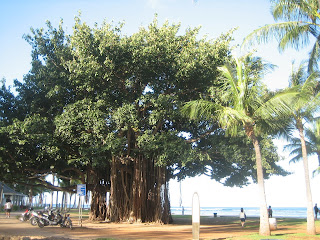

 This past week, we received a package from one of my husband's cousins containing a photo album that his Uncle Gene kept during World War II. Uncle Gene was a quiet, unassuming, very gentle and kind man who enjoyed the simple pleasures of life. Never married, he loved his nieces and nephews and, especially, their children. The photos above are from the album.
This past week, we received a package from one of my husband's cousins containing a photo album that his Uncle Gene kept during World War II. Uncle Gene was a quiet, unassuming, very gentle and kind man who enjoyed the simple pleasures of life. Never married, he loved his nieces and nephews and, especially, their children. The photos above are from the album.This past March we drove several hundred miles to celebrate his 87th birthday with him only to find, on March 15, the Ides of March, that he had passed away in his own home, waiting for our arrival. Almost the entire town of Jessup, PA showed up to support us as we entered his home to find him lying on the floor beside his bed since we had not been able to reach him by phone. The police came to help us, the volunteer firemen, and the neighbors -- there is nothing like the fellowship of small-town USA.
Like many men of his generation, by his 20th birthday, he was serving his country. He was a Military Policeman (MP) and, during the Summer of 1944, he made several round trips (we presume by troop ship) to Europe to bring POWs back to the US. He left the military a changed man, but lived a productive and full life.
He was one of 9 children. Today, on Memorial Day, we honor not only him, his brother Bill, who was my father-in-law, and our uncles on both sides of the family, who served in the military as well as everyone else who has served so that we can enjoy our freedom. Today, we fly the flag that was on Uncle Gene's coffin in their honor. (We would like to thank the Raymond Henry Post of the American Legion for providing military honors at his funeral.)






























































